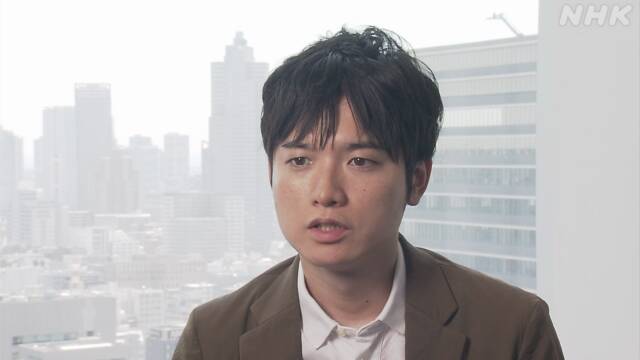By 65, when the so-called baby boomer generation will be over 2040 years old, it is predicted that there will be a shortage of more than 7% in 21 prefectures nationwide for seven occupations that are essential to daily life, such as construction, civil engineering, and nursing care. In three prefectures, the shortage rate exceeds 30%, highlighting the impact of the shortage on local communities.
Regarding the prediction of a shortage of workers in 2040, the Recruit Works Research Institute, a major research institute for information services, released a forecast in March that the total number of workers nationwide would be more than 3 million, and in order to investigate the impact on local communities in more detail, the institute has newly compiled the results of predicting the shortage rate of workers in seven occupations that are essential to daily life.
The seven occupations are "transportation," "construction and civil engineering," "production," "sales," "nursing care," "customer service and cooking," and "medical care," and the supply and demand of the future labor force were simulated for each prefecture and the amount of shortage was predicted.
The shortage rate in each prefecture is
Outside of the four prefectures of Tokyo, Kanagawa, Chiba, and Osaka, there will be a shortage across the board.
Niigata had the highest shortage rate at 4%, followed by Kyoto at 42.41% and Iwate at 4.40%, and the three prefectures may face a serious labor shortage of 9 people instead of the 3 people they should have.
Nagano 100.40%, Hyogo and Fukushima 39.9%, Ehime 37.1%, Gifu 36.4%, Aomori 35.9%, Yamagata 35.3%, Hokkaido and Miyazaki 34.9%, Tokushima 34.7%, Tochigi 34.3%, Hiroshima and Tottori 32%, Ibaraki 4.31%, Kochi 30.9%, Yamaguchi 30.8%, Kumamoto 30.6%, Gunma is 30%, and 3 prefectures have a shortage rate of more than 30%, accounting for nearly half of the areas with shortages.
In addition, Okayama 30.21%, Shizuoka 29.8%, Aichi 29.7%, Miyagi 29.6%, Kagoshima 29.3%, Okinawa 28.9%, Toyama 28.2%, Kagawa 26.9%, Akita 26.4%, Nagasaki 26.3%, Shiga 26.2%, Wakayama 23.3%, Nara 22.7%, Ishikawa 22%, Yamanashi 4.21%, Oita has 20.8%, Saga 20.7%, Mie 19.8%, Fukui 18%, Shimane 4.18%, Fukuoka 10.9%, and Saitama 6.9%.
In urban areas, the shortage rate tends to be lower.
Expert "to sustain life"
Seito Furuya, a senior researcher at the Recruit Works Research Institute, points out that based on the predictions, "it will be difficult to maintain the same lifestyle as before."
Mr. Furuya then commented on the impact of the shortage of workers on local communities, saying, "For example, road construction may be delayed and bridges and tunnels may collapse frequently, which may increase the time it takes for people to move. There is a risk that we will become such a community."
As a way to overcome this impact, Furuya pointed out that "it is difficult to solve the problem only by moving from urban to rural areas and moving labor between industries," and added, "It is necessary to have women, seniors, and foreigners play an active role. In addition, it is important to use cutting-edge technologies such as robots and AI to borrow the power of machines. Furthermore, he stated that he believes that it is necessary for society to create a society where one person can play an active role in various communities and companies Japan, and emphasized the need to utilize all possible means to address the shortage of workers.

